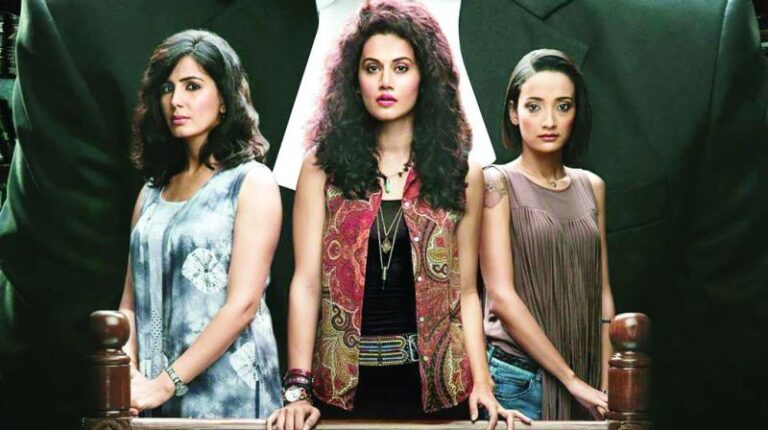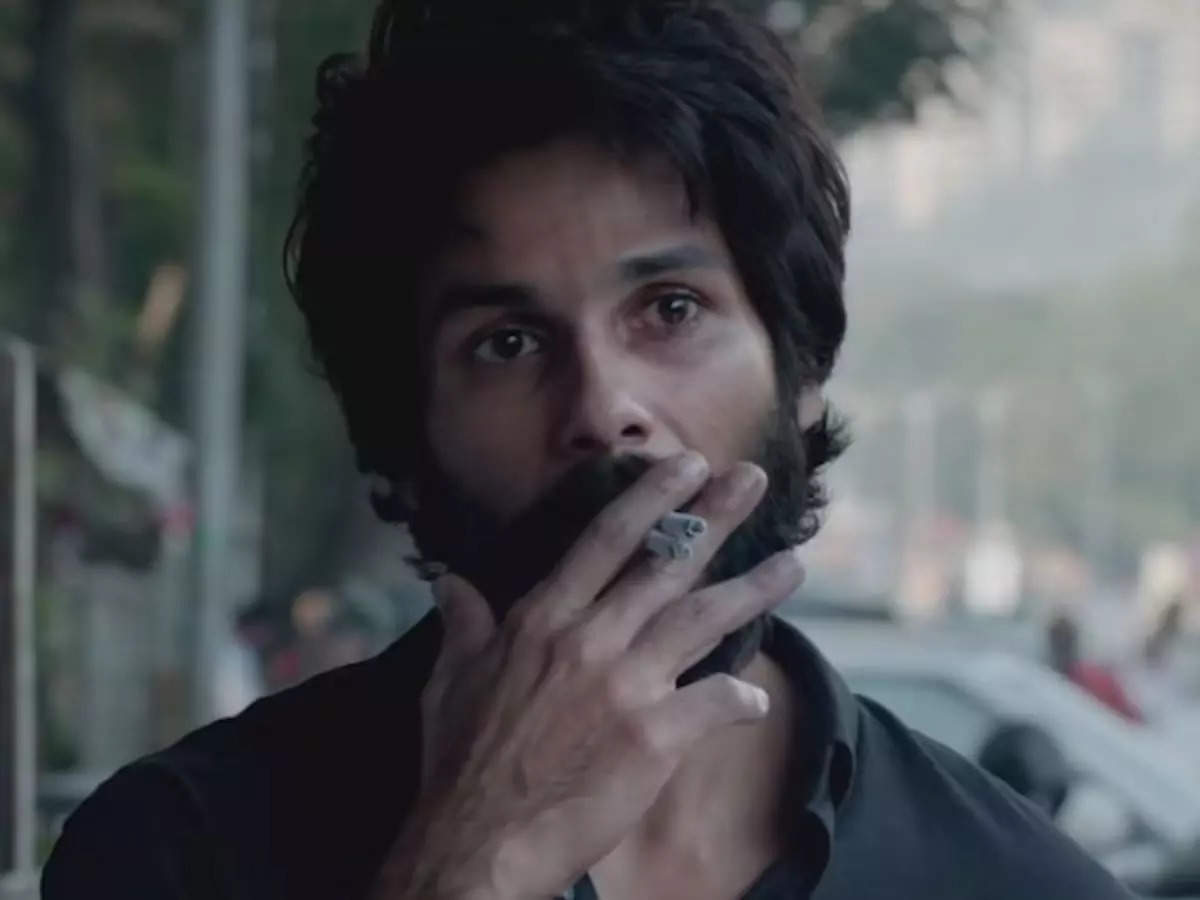This post is written by Ishita Goyal, a student of Symbiosis Law School, Noida. Her research interests include sstudy of social behavior and law.
To quote the words of D. Bhoopaty, “cinema is widely considered a microcosm of the social, political, economic, and cultural life of a nation”. It is true that the impact of the society’s virtues is reflected in a cinematic representation and this is the reason why the mainstream cinema for a very long time focused on male-centric storyline and submissive female counterparts. Not that it can be blamed entirely on the makers of such movies, because it is the desire of the audience at large that the makers are profiting on. The present article shall discuss the adverse social influence that the cinema has had on both Men and women and shall further analysed the paradigm shift in the audience’s demand of the content from the Hindi Cinema Industry on the basis on review of some Bollywood movies, like, Pink (2016), Article 15 (2019), Thappad (2020).
The National Crime Records Bureau of India reported 338,954 crimes against women in 2016 that closely involved outrage the modesty of the woman.[1] Crimes against Indian women include stalking, acid attacks, voyeurism, honor killings, and rape. It is believed that all the mentioned crimes are a manifestation of a man’s urge to demonstrate the masculinity. Bollywood has a massive role to play in conditioning the minds of young audience. The trend displayed in Bollywood for a very long time was such that quite often the roles played by a woman portrayed her as an ‘object of desire‘ for men.[2] Female in commercial Hindi films shown dancing in ‘tribal dresses’ or in a ‘wet saree so as to cater to men’s erotic fantasy and allow for a very provocative and alluring exposure of the female body.[3]

Indian Cinema and its era of “Angry young men”
However, the toxicity is not just limited to the female gender only. Men are equally the victims of the unreasonable and unrealistic expectations of an ‘ideal’ man. The ‘Angry Young Men’ era of Bollywood showcased that a perfect man needs to have a well-built body and he is incapable of feeling pain with a knowledge of almost everything. This hyper masculinity has caused great deal of emotional distress in men and have been a perpetrator in establishing the gender roles. Movies like Dabbang and Singham by massively showing the angry image of men in uniform also portrays an unrealistic image about public authorities who actively choose violence and their whims over rule of law.
With the society becoming antagonistic to the issues of gender equality, movies like Pink or Thappad are a beacon of hope. Both the movies revolve around gentle yet strong and fearless female character. Films like these give a very strong message to the young audience that there is absolutely no need for a woman to be extraordinary ‘masculine’ to fight for her rights and that being strong doesn’t necessarily have to be equated with breaking some bones and blowing up cars or random infrastructures. Similarly, it is an absolute delight to see a receptive audience towards movies like Article 15 that is a culmination of multiple issues- be it, prevailing caste system; attitude of police in the rural area towards people of lower caste; the corrupt administrative structure, etc. When movies like these are liked by the audience, it gives a hope of a society progressing.
What to expect in future?
In a country where the movie stars are worshipped, where even the haircut of the main lead dictates the fashion trend of the youth, where population debates passionately on which ‘Khan’ is better, the cinema plays a deep rooting role in dictating the moral conscious of the society. For a very long time, Hindi cinema diverted from its true job of showcasing real issues by just focusing on commercializing the storyline. This not only fueled the flawed perception of the society on basic issues of body image, love stories, consent in relationship, homosexuality, surrogacy, etc. but also prevented us as a society to move ahead with time. Thankfully with the advent of OTT, there is a drastic shift that is seen in how the consumption of mainstream media is changing. This again stems from the audience that has developed a much more realistic approach to the content they are consuming. The audience have had enough of male centric love stories shown as a main theme of the movie that breeds toxicity like hyper-masculinity, unreasonable beauty and personality features of women, insignificance to mental health, etc. but are looking forward to storylines focusing on real world problems.
Also read: The art of a perfect sexist trolling.
[1] National Crime Record Bureau, Crimes in India, 134 (64th ed. 2016); See also, Sarah Deonarain, The Bollywood Dilemma, Harvard Political Review, (2020).
[2] Geetanjali Chandra, Social Impact of Indian Cinema-An Odyssey from Reel to Real, Global Media Journal, (June 2019)
[3] Srijita Sarkar, “An analysis of Hindi women-centric films in India.” Electronic Theses and Dissertations (2012)










